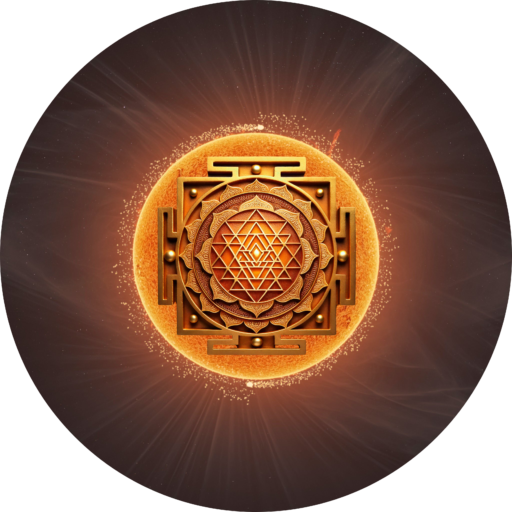Kashi the city of lights
discover
More About Kashi
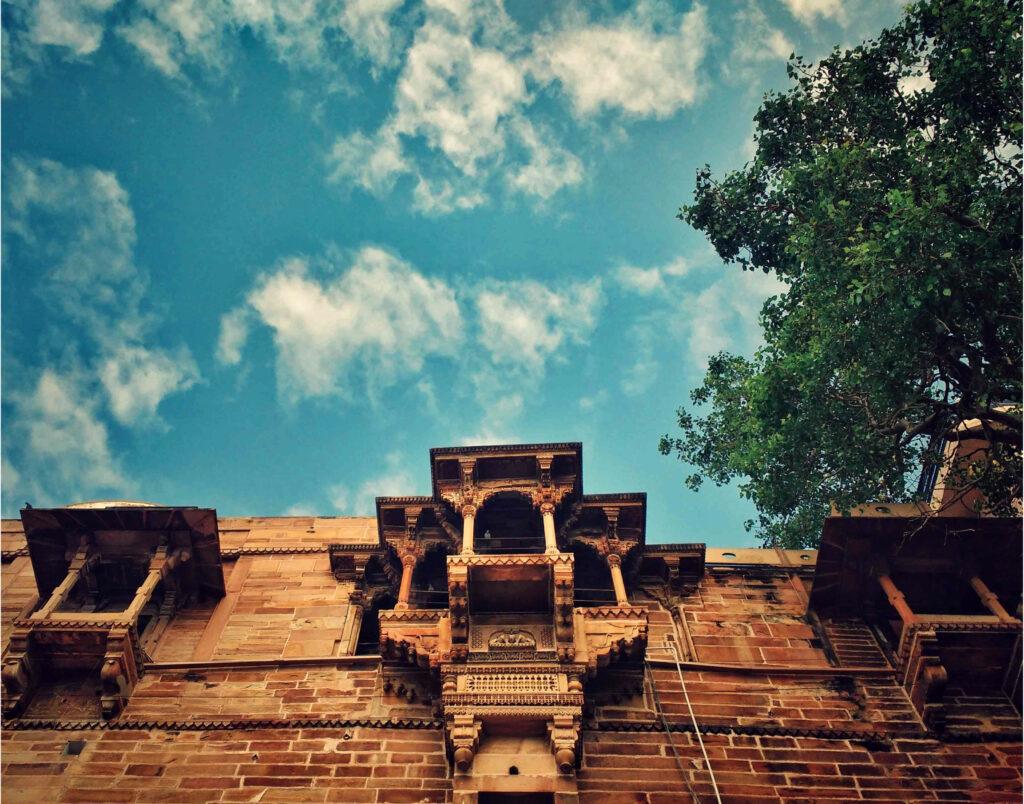
Kashi, a city where the past and the present dance together. At the heart of this sacred land stands the Kashi Vishwanath Temple, where the golden spire touches the heavens. Here, the air vibrates with the chants of devotees, their voices rising like a sacred river, flowing through the centuries, reaching deep into the soul.
It is here that Lord Shiva, the destroyer, the transformer, is believed to dwell—his presence alive in every stone, every breath of this holy city.
In Kashi, every moment is an invitation—to reflect, to reconnect with your true self, to find solace in the rhythm of the river, and to discover your place in the vastness of the cosmos. Here, life and death are not opposites but two sacred threads woven into the fabric of existence. So, why should you visit Kashi? To witness the beauty of life and death in their most sacred forms. To walk in the footsteps of seekers, sages, and saints who have crossed this path before you. To experience a city where time itself stands still, and your soul finds its home. Kashi is not just a place. It is an experience. A journey that transcends the ordinary, inviting transformation, awakening, and the eternal quest for truth. In Kashi, the journey of a lifetime begins.
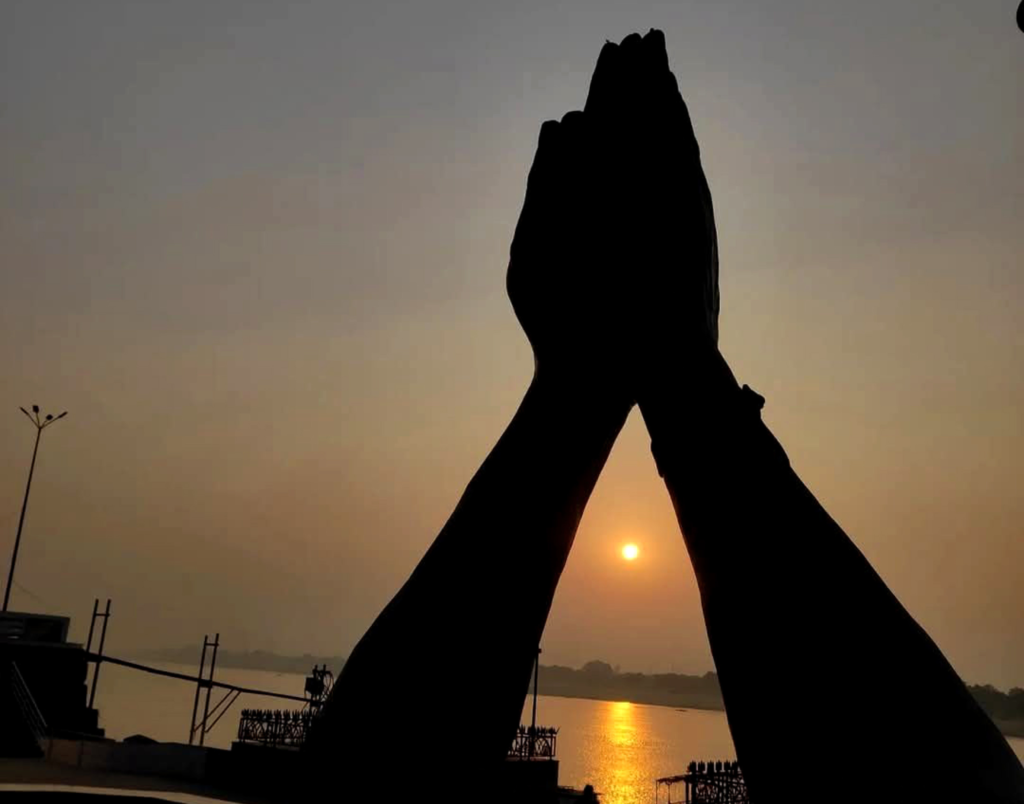
Kashi, this is a living, breathing city. Every narrow, winding lane here tells a story—stories of resilience, of culture, of an eternal connection to the divine. In every corner of Varanasi, you’ll find history in stone and song. Sacred silk sarees, meticulously woven with devotion, pass from generation to generation.
The pulse of classical music fills the air, as tabla rhythms and the haunting sounds of the sitar dance together. And the festivals, the festivals—bursting with color, lighting up the streets and igniting the hearts of all who witness them.
Beyond its spiritual significance, Varanasi is a living drape of culture, history, and art. This city is a cradle of knowledge, home to ancient universities, scholars, and poets who have shaped the world with their wisdom. Here, the roots of classical music, dance, and literature run deep, nourishing a tradition that spans millennia.
In Varanasi, the ghats, the temples, the very lanes themselves are an open-air museum. But here, music and art are not just expressions, they are forms of worship. Every note played, every rhythm drummed, transcends time and space.
Here, in Kashi, every corner pulses with devotion, with life, with art. And in this city, art is not just a reflection of the divine—it is the divine itself.
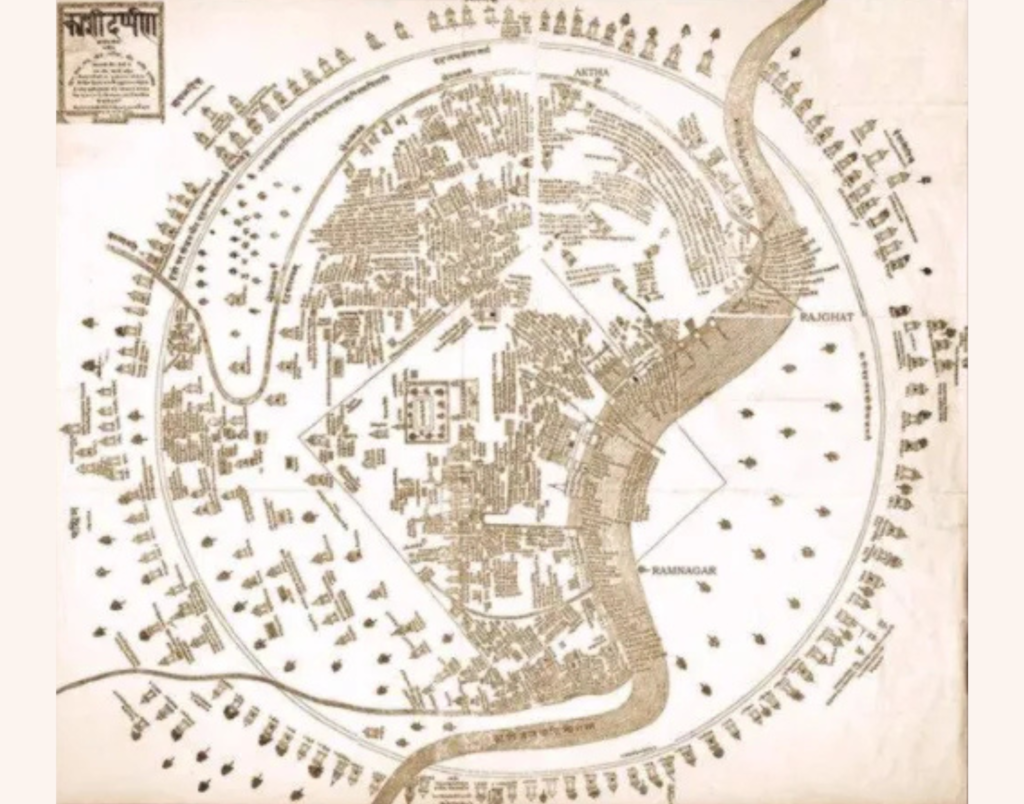
In the ancient texts, within the sacred verses of the Skanda Purana, there lies a city that holds the very pulse of the universe, called Kashi. The Skanda Purana tells the story of how Lord Shiva, in his infinite compassion, established his divine presence in Kashi. It was here, in this hallowed city, that he vowed to offer
liberation to all who sought it. For those who were fortunate enough to breathe their last in this sacred land, and to be cremated on the banks of the River Ganges, moksha.
The city, according to the Skanda Purana, is not just a mere physical space. It is eternal. Indestructible. A realm that exists beyond the material world, a place where the divine energy of Lord Shiva permeates every corner.
As the Skanda Purana speaks of Kashi, it also speaks of the Ganges River, the sacred river that flows through this city like the very lifeblood of the universe. The river is said to possess the power to purify the soul, to cleanse it of all its sins, and to guide it toward liberation. To bathe in the Ganges is to wash away the burdens of the past, to start anew, and to be blessed with the possibility of transcendence.
But Kashi, as described in the Skanda Purana, is more than just a physical city. It is a metaphysical concept. It is where the material world and the spiritual realm converge. The sacred waters of the Ganges meet the divine energy of Lord Shiva, creating a space where life and death coexist in harmony. A city where every soul, whether born or passed, finds its place in the cosmic order.
In the stories of Kashi, there is no end, only transformation. Kashi, as described in the Skanda Purana, is the ultimate destination for both the living and the dead, a place of both beginnings and endings, where the soul’s journey is marked by its encounter with the divine.
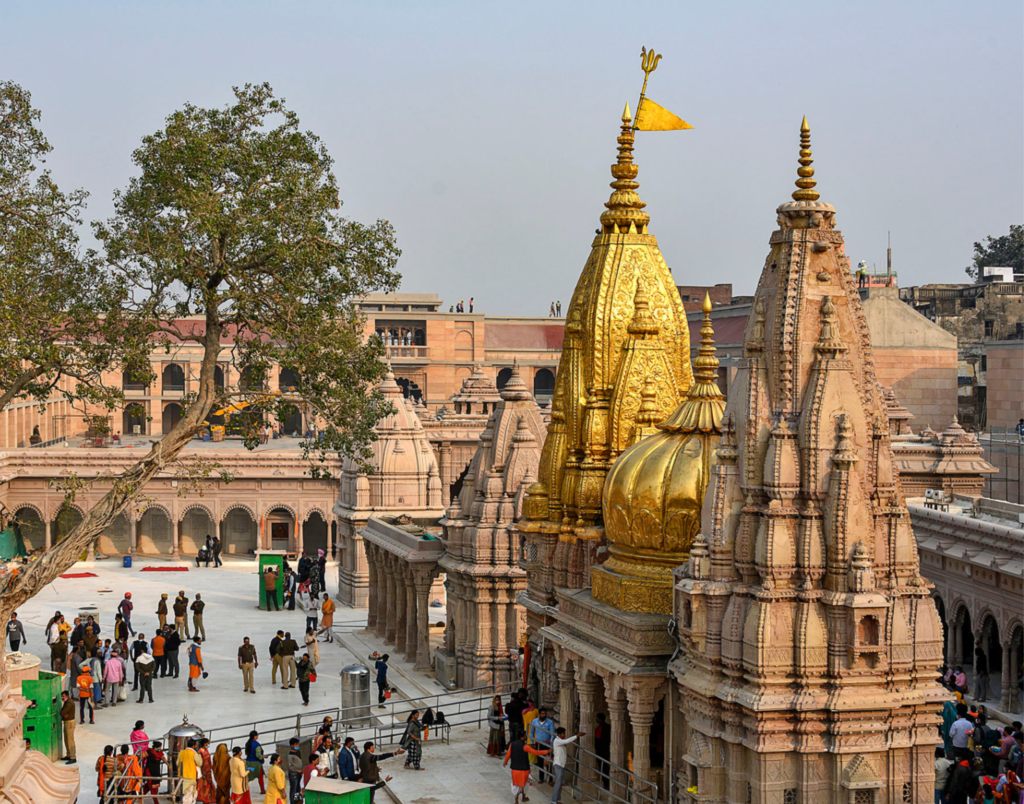
In the heart of the ancient city of Varanasi stands the magnificent Kashi Vishwanath Temple, its golden spire gleaming in the sun, dedicated to Lord Shiva. Here, amidst the hustle and bustle of the city, the lord of destruction and transformation gazes down upon his people.
His watchful presence guides them through the endless cycles of life and death, offering solace and wisdom.
In the ancient scriptures, the Vedic word Kashi is said to mean "to shine," and true to its name, Varanasi has long been known as the City of Light. This city, also called Banaras, carries a deeper meaning, Bana signifies "always ready," and ras refers to "the juice of life." Together, they speak of a place which is always ready to offer the essence of life to those who seek it.
According to the Puranic literature, Varanasi is not just any city—it is the first to emerge after the great cosmic dissolution, Maha Pralaya.
In the smoke that rises from the funeral pyres, in the flow of the holy Ganges, the cycle of reincarnation breaks, and the soul is granted its eternal peace. In Kashi, moksha is not a distant hope,it is a promise, a sacred truth that calls to all who seek a release. Here, amidst the eternal rhythms of life and death, the soul finds its final resting place.
In the year 1780, a visionary queen, Maharani Ahilyabai Holkar of Indore, set her heart on something extraordinary, a temple unlike any the world had ever seen. But this was no mere building. It was an instrument of the cosmos, a Yantra, designed to connect the human soul to the infinite universe.
This sacred structure was not just crafted from stone; it was forged from the very essence of belief and energy. The temple of Kashi became more than a place of worship, it became a bridge, a cosmic gateway where the soul could transcend the limits of the physical world and connect with the divine. A creation that, echoes across eternity.
What makes Kashi even more mystical lies within its sacred design, a city crafted to mirror the very body of the divine. The streets, the temples, the holy waters—they are not just part of a city; they are the embodiment of balance, a living representation of unity itself.
In Kashi, there are 54 temples dedicated to Shiva, and 54 to Shakti, together symbolizing the two halves of every human being. The Pingala—the masculine energy—and the Ida—the feminine energy—come together in perfect harmony. These sacred spaces, scattered across the city, form a divine body, a cosmic map where Kashi is the heart that pulses with eternal energy. The city does not just exist—it vibrates, living and breathing with the energy of the cosmos.
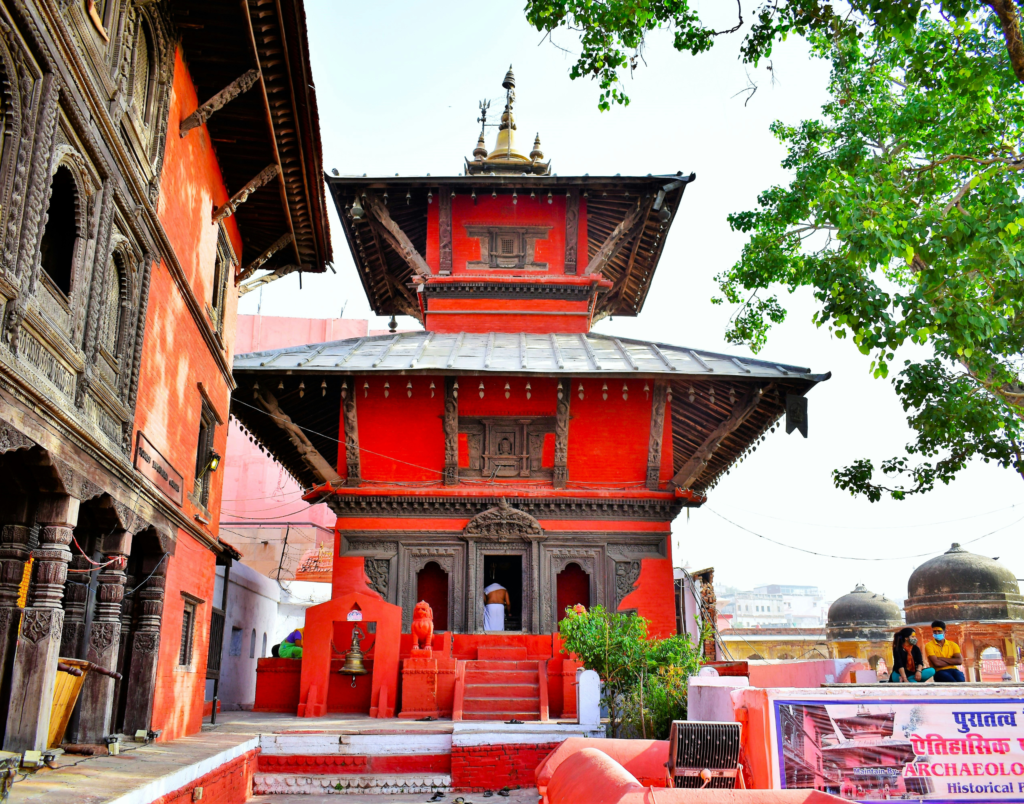
In the Kashi Khanda, a 15th-century text, speaks of a city rich with sacred energy, a city that houses over 1188 temples, each with its own divine story to tell. Of these temples, 540 are dedicated to Shiva, the Lord of Destruction and Transformation. But Kashi’s devotion stretches far beyond
just one deity. 56 temples to Vishnu, the Preserver. 16 temples to Bhairava, the fierce and protective form of Shiva, to guard the city. 96 temples to Devi, the goddess who embodies the divine feminine in all her forms, are scattered throughout. And, of course, there are 72 temples to Vinayaka, the beloved Ganesha, son of Shiva, who removes obstacles and brings prosperity.
Kashi, known as "The City of Light," is believed to be over 15,000 years old, making it not only one of the oldest cities in India but also the oldest inhabited city in the world. It is a city that is home to 33 million gods and goddesses, a living testament to the divine presence that fills every corner of this sacred land.This is Kashi, where gods walk among you.

Long ago, It all began with a cosmic debate among the TriDeva, the great trinity of Brahma, the Creator, Vishnu, the Preserver, and Shiva, the Destroyer.
One day, Brahma began boasting of his unparalleled greatness, proclaiming that he
had created the universe and everything within it. Vishnu, in turn, spoke of his supreme ability to sustain life, maintaining the balance of existence. But in their arrogance, they forgot a fundamental truth, the universe runs not on creation alone.
It was then, in the midst of this divine conversation, that something extraordinary happened. From the very space where they stood, a mighty pillar of light appeared—so radiant, it shone with the brilliance of millions of stars. The light seemed to stretch endlessly, beyond the grasp of their comprehension. And then, a voice, deep and commanding, echoed through the heavens, challenging the two gods.
"Find the end of this pillar of light. The one who discovers its end shall be rewarded with supreme power and glory."
Brahma and Vishnu, determined to prove their supremacy, immediately set off on their respective journeys, each determined to find the end of the luminous pillar. They searched for millions of years, soaring through the heavens, diving deep into the earth, and exploring every corner of the universe. But no matter how far they ventured, the pillar of light seemed to stretch infinitely. No end could be found.
Exhausted and defeated, they returned, their search in vain. It was then that they realized the truth—the pillar of light had no end. It was not a physical object to be found, but a divine presence that transcended all forms and limitations. In their surrender, they understood that the light symbolized the eternal, infinite nature of Shiva, the supreme force that governs the universe beyond creation and preservation.
And so, from that moment of realization, the Shivling, the radiant symbol of Shiva, emerged. The Jyotirlingam, as it came to be known, was not just a representation of the Almighty, but the embodiment of the divine light that connects creation, sustenance, and destruction into a singular, eternal cycle.
The Skanda Purana, one of the most ancient texts, speaks of the sacred land of Kashi and its eternal connection with Lord Shiva. It is here, in this city of light, that Lord Vishwanath, another name for Shiva, established the sacred Jyotirlinga—a formless representation of his divine energy, an embodiment of cosmic power that transcends all earthly limits. This divine lingam, often associated with Shiva’s presence, became a powerful symbol of his eternal essence. The legend tells of how Lord Shiva himself chose this very spot in Varanasi, bringing the Jyotirlinga.
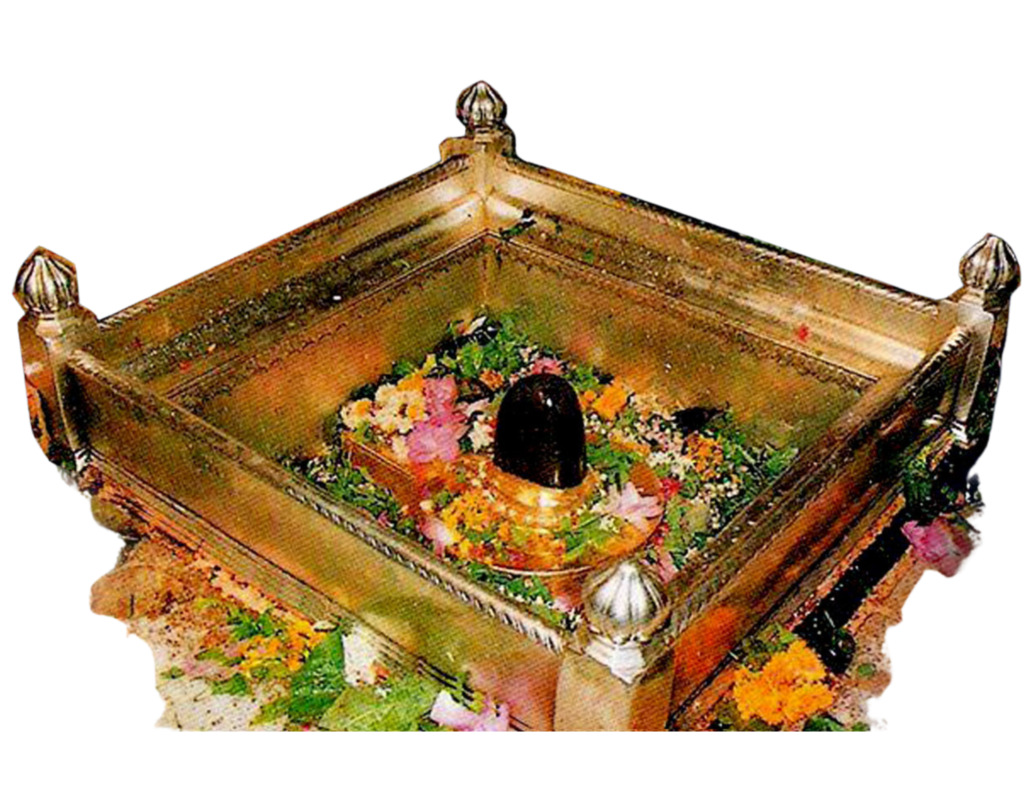
At the heart of creation lies a sacred symbol, a divine axis, the Jyotirlinga. This ancient representation of the universe connects the formless (nirguna) reality to the manifested (saguna) form of Shiva, the supreme force that governs all of existence. Among the twelve sacred
Jyotirlingas scattered across India, one stands in the eternal city of Varanasi, the Vishwanatha Jyotirlinga, revered as the ninth of these divine forms.
The Jyotirlinga itself it is a cosmic symbol, embodying the very structure of the universe. It is composed of three distinct parts, each with its own profound significance, representing the cycles of creation, existence, and dissolution.
At the very top, the third layer forms a cylindrical structure that culminates in a spherical end. This final shape represents involution—the completion of the cosmic cycle, and symbolizes Shiva, the destroyer and the transformer. This is where the cycle of birth, preservation, and destruction completes, and from this process of dissolution comes the potential for renewal and rebirth. It is a reminder that all things are impermanent, and that even as the universe dissolves, the potential for new creation is always present.
Together, these three layers of the Jyotirlinga form a powerful representation of the cosmic journey—evolution, existence, and involution—reflecting the divine dance of creation and destruction that is inherent to the nature of the universe. And in the city of Varanasi, where the Vishwanatha Jyotirlinga stands, it is a living symbol of Shiva’s eternal presence, a reminder that the divine is both formless and manifest, both the beginning and the end, forever at the center of all creation.
Book Now
Future Memories Are Booked Here
Lorem ipsum dolor sit amet, consectetur adipiscing elit. Ut elit tellus, luctus nec ullamcorper mattis, pulvinar dapibus leo.
Our Phone
Our Email
FAQs
Frequently Asked Questions
Om Maha Shakthi’s journeys are designed to awaken the soul, guiding seekers toward self-realization and divine connection.
Through sacred experiences in Kashi, we help you explore life’s deeper meaning and inner peace.
You can book your spiritual journey through our official website or by contacting our team via call or WhatsApp.
Simply choose your preferred dates, and we’ll take care of the rest with a seamless booking experience.
Yes, we offer partial or full refunds based on our cancellation policy and notice period.
Please refer to our terms and conditions or contact our team for detailed assistance.
Our package includes accommodation, temple visits, yoga sessions, cultural experiences, meals, and guided rituals.
Airport/railway transfers and personalized spiritual support are also part of the experience.
We accept UPI, bank transfers, credit/debit cards, and international payment options for secure and flexible transactions.
Payment links will be shared during booking confirmation for your convenience.
